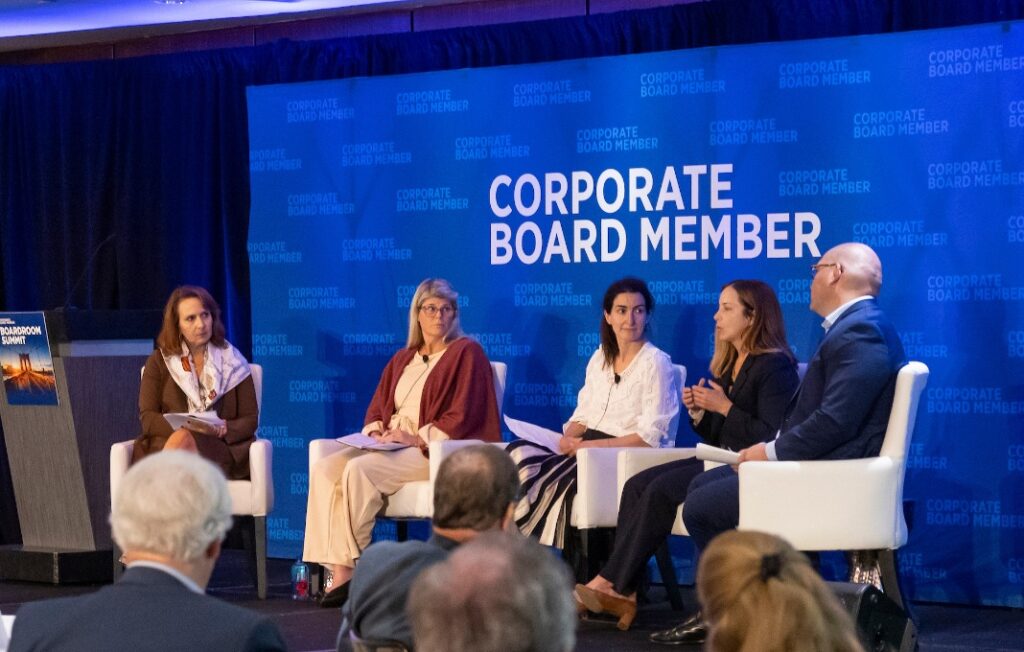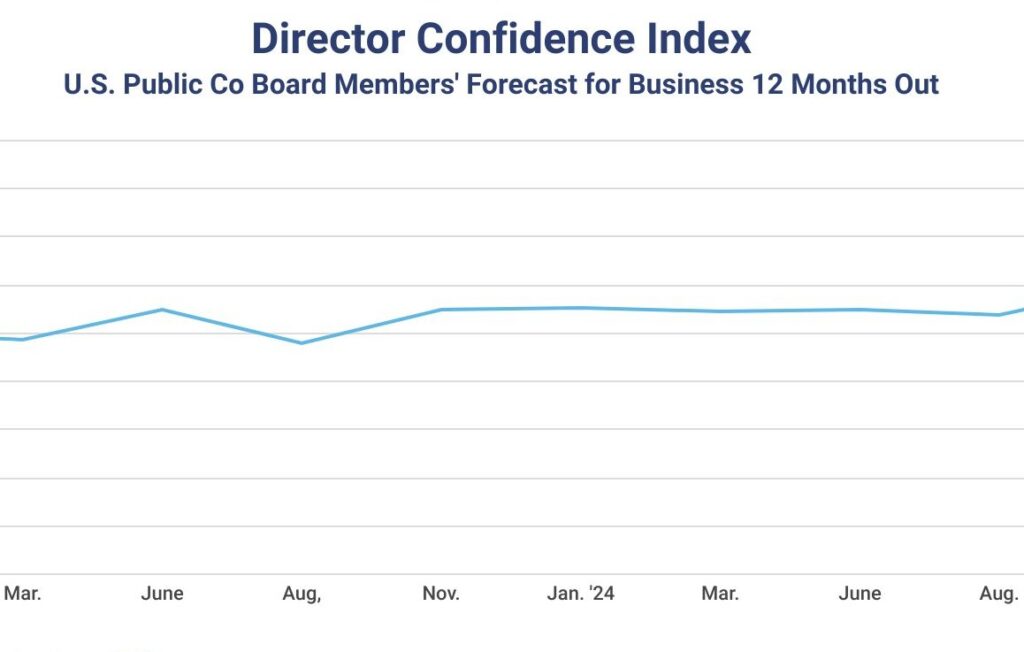 The following is expert advice gleaned from Corporate Board Member’s annual Boardroom Summit, which brought directors from America’s leading companies together to share tips, insights and strategies on the most pressing issues of the day.
The following is expert advice gleaned from Corporate Board Member’s annual Boardroom Summit, which brought directors from America’s leading companies together to share tips, insights and strategies on the most pressing issues of the day.
• DECLARE CEO SUCCESSION A TOP BUSINESS STRATEGY. Planning for the next leader must be an ongoing priority, and one that extends beyond the board and senior management team. “No matter how new your CEO is or how long you expect him or her to stay, it should be a continuous discussion at the board level,” says Ameren’s Richard Harshman.
“You can’t relegate this kind of responsibility to the CHRO,” adds MSA Safety’s William Lambert. “It really has to start with the CEO and the executive leadership team, and it has to be in part of the culture of the organization at every level.”
• INCLUDE CONTEXT IN SCENARIO PLANNING. The company’s strategic and cultural priorities should factor heavily when evaluating candidates. “A good board is uniquely positioned to have a view into questions like, why the enterprise is successful today, where are its weaknesses, how is the market changing?” says Harshman. “Boards need to be attuned to that in determining what type of leader you will need to succeed in the future.”
• DEMAND OBJECTIVE AND PREDICTIVE DATA. Testing for leadership competencies and capabilities mitigates the risk of favoritism and bias when evaluating candidates. “It’s been my experience that boards benefit greatly from those outside assessments of the candidates,” says Lambert. So, demanding that objective and predictive data is critical to making the best possible decision.”
• ASSESS THE WHOLE LEADER. Leadership skills that led to a star performance in operations or sales don’t always translate to a CEO role. “There can be things that emerge in the leader who shows up in your culture and with your team and the board that you won’t always see on paper,” says Matt Paese, senior vice president of leadership development company DDI.
To gauge the best fit, boards need ample opportunities to engage directly with potential successors, with each engagement informing the succession process. “Directors should be challenging them with questions to see the depth and the breadth of their knowledge, how they handle that situation,” says Harshman. “When you make a presentation to the CEO and the executive leadership team, you’re being observed, you’re being interviewed throughout that process.”






